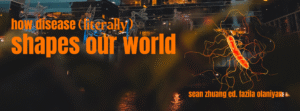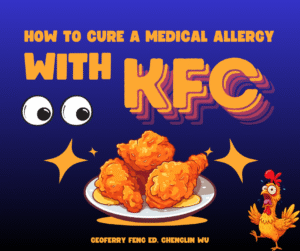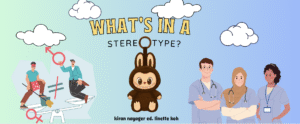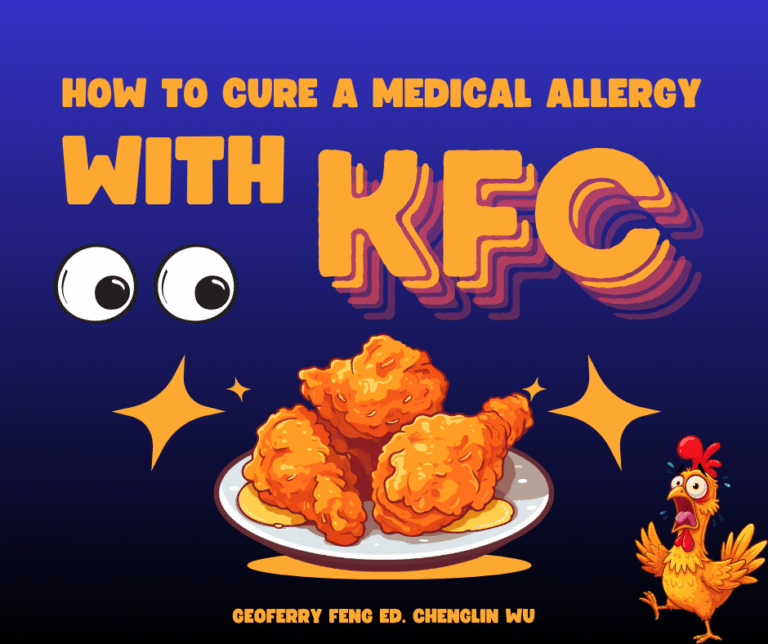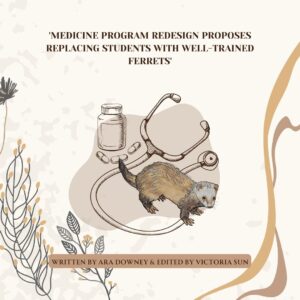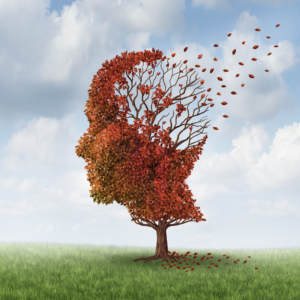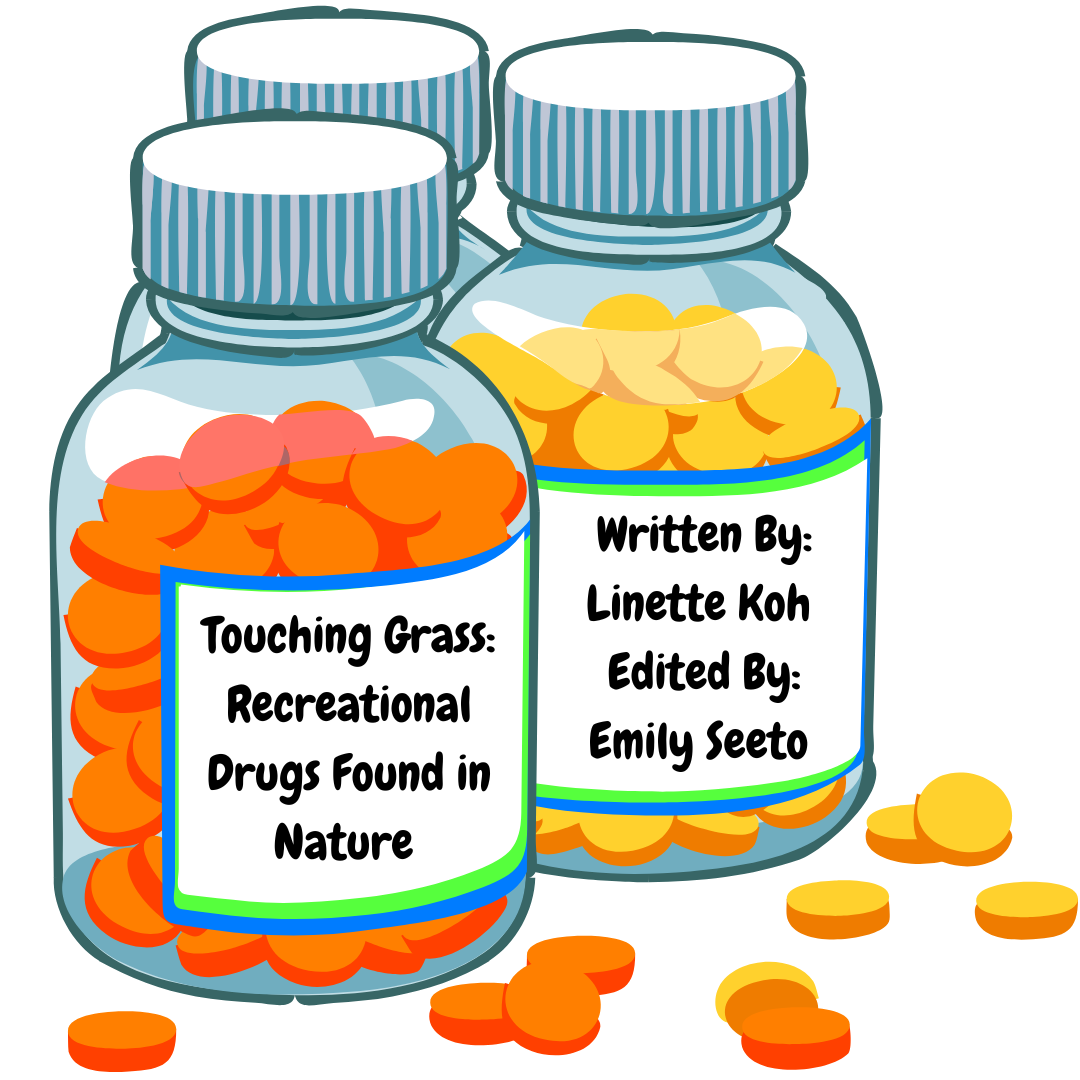
Written by Linette Koh & Edited by Emily Seeto
Touching Grass: Recreational Drugs Found in Nature
Contrary to popular belief, chemistry teachers don’t turn into drug lords and many recreational drugs you see depicted in shows like ‘Breaking Bad’ exist not only in medicine, but also the real world around us. In this article, we will explore the historical roots and current-day medicinal uses of common recreational drugs.
Cocaine: Coca Plant
Primarily found in South America (SA), the practice of chewing coca leaves dates to 3000 BC. Native peoples of the Andes, especially those working at high altitudes, found the effect of a racing heart to be beneficial in countering the shortness of breath experienced with thin air (Foundation For a Drug-Free World, 2011). Currently, the coca plants’ most notable milestones include the first known isolation of cocaine by Albert Niemann in 1859 and the introduction of Coca-Cola in 1886.
Medical Uses
Cocaine was touted to treat fatigue and depression, and at one point was considered a treatment drug for those addicted to alcohol and morphine (Australian Institute of Criminology, 2004). Well-documented medical use of cocaine occurred when used by Carl Koller in October 1884 as a local anaesthetic in ophthalmology surgery. In 1885, James Corning used cocaine in the first-ever spinal anaesthesia. Procaine, the first synthetic local anaesthetic, was derived from cocaine and was first introduced in 1905 (Malamed, 2018).
Further use of cocaine in beverages and medicine has been littered throughout history until its addictive and potentially harmful effects started to surface. William Halstead, Corning’s mentor, who first used cocaine in a nerve block, notably developed a serious addiction to the drug (Redman, 2011). In 1910, President William Howard Taft declared cocaine as ‘Public Enemy No.1’, and cocaine gradually started drifting from the medical scene (Das, 1993).
Side effects
At high doses, users may experience paranoia, nausea, and hallucinations. Overdosing on cocaine is often attributed to seizures, heart attacks, and strokes (Better Health Channel, 2012).
Modern-day Use:
Today, cocaine is more widely used as a recreational drug. Most medicinal cocaine use occurs in Ear Nose and Throat (ENT) treatment as a local anaesthetic (Mayo Clinic, n.d.). Applied topically, cocaine hydrochloride only contains 4% cocaine (The Medical Uses of Cocaine, 2023).
Heroin: Poppy
Despite huge overlap with commonly prescribed painkillers, we associate heroin with drug use and morphine with medicine, due to its more positive connotations. In reality, both are classified as opiates and are highly addictive. Morphine, derived from seeds of the humble poppy plant, is a precursor of heroin, explaining how both substances provide the same dopamine-rush feeling for users.
Outside of historical opium use, heroin dates back to 1874 when C.R. Wright extracted the drug from morphine. However, heroin would only enter mainstream use when Felix Hoffman ‘discovered’ it in 1889 by acetylating morphine (Berger, 2021).
Medical Use: Opioids
Bayer, the company Hoffman was working at, started promoting heroin as a cough suppressant to treat cases of pneumonia and tuberculosis (Yale Medicine Magazine, 1999). Further research into opium-derived medications led us down the path of discovering different opioids.
Side Effects:
Withdrawal symptoms of heroin include vomiting, insomnia, and cold flashes (NIDA). Overdose from heroin involves a slowing of breathing and pulse till the user loses consciousness, cyanosis, and dry mouth. Most heroin mortalities are due to users stopping breathing altogether. In the case of an overdose, Naloxone should be administered (Heroin Overdose Information | Mount Sinai – New York, n.d.).
Modern-day Use: Opioids
Opioids are largely prescribed to act as painkillers for those suffering from post-surgical pain. Effects of opioids include relaxation and sleepiness. Medical use of opioids can lead to feelings of euphoria, and increased tolerance requires increased dosage. This contributes to its addictive nature, and addicts often go from prescription opioids to the more affordable and readily available (technically no prescription required), heroin (John Hopkins Medicine, 2022).
Shrooms: Psilocybin Mushrooms
Although found in nature, shrooms are unlike their counterparts mentioned above. Shrooms are merely a street name for the fungi, which can be dried, eaten whole, or ground into powder. No chemical alterations or extractions are required.
Shrooms are used mainstream as a psychedelic drug, causing users to experience euphoria and hallucinations. The usage of hallucinogenic mushrooms dates back to 10,000 BC, involving ancient Egyptians and Vikings (Real Food Encyclopedia, n.d.). Historically tied to spiritual and religious practices, hallucinogenic mushrooms were continually grown throughout the 1900s, with the ‘hippie movement’ in the 1960s heavily associated with psychedelic drugs (Houghton, 2021).
Medical Use:
Research suggests that psychedelic drugs are beneficial to those suffering from depression, obsessive-compulsive disorder (OCD), and cluster headaches. However, it is important to note that psychedelic mushrooms are not recognised by the Food and Drug Administration (FDA) as a form of medical treatment.
Side Effects:
Occasionally, shrooms may produce unwanted effects that cause paranoia and unpleasant hallucinations, referred to as a ‘bad trip’. To avoid such effects, users should be careful with dosage, those they take the drug around, and refrain from consuming other drugs simultaneously. Overdosing on psychedelic mushrooms may result in vomiting, diarrhea, and seizures (What Are Shrooms, 2022).
Modern-day Use:
Currently, psilocybin mushrooms are still mostly illegal, both medicinally and as a recreational drug. Benefits in treating psychiatric conditions have been noted in different research, but further data is still required before FDA approval.



